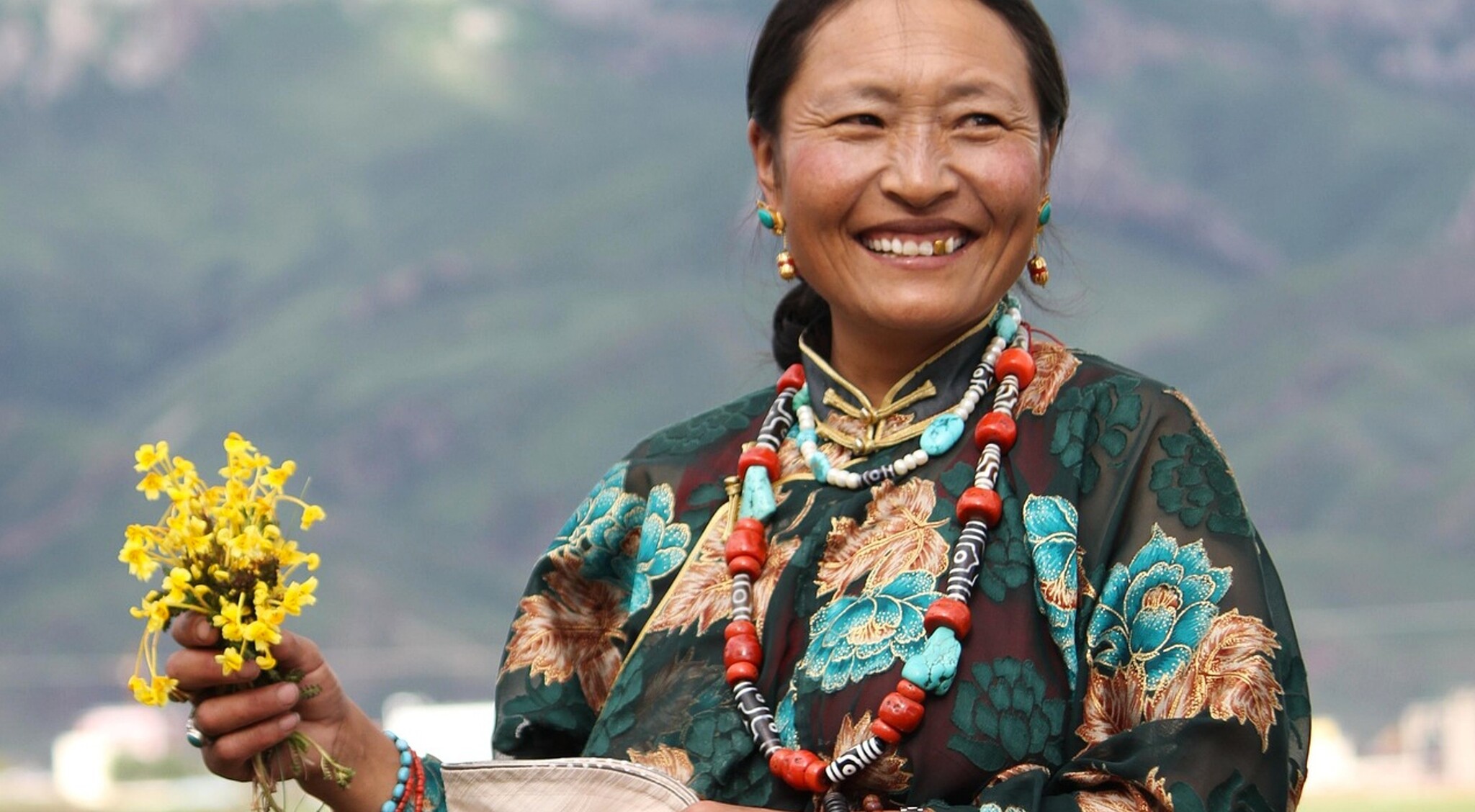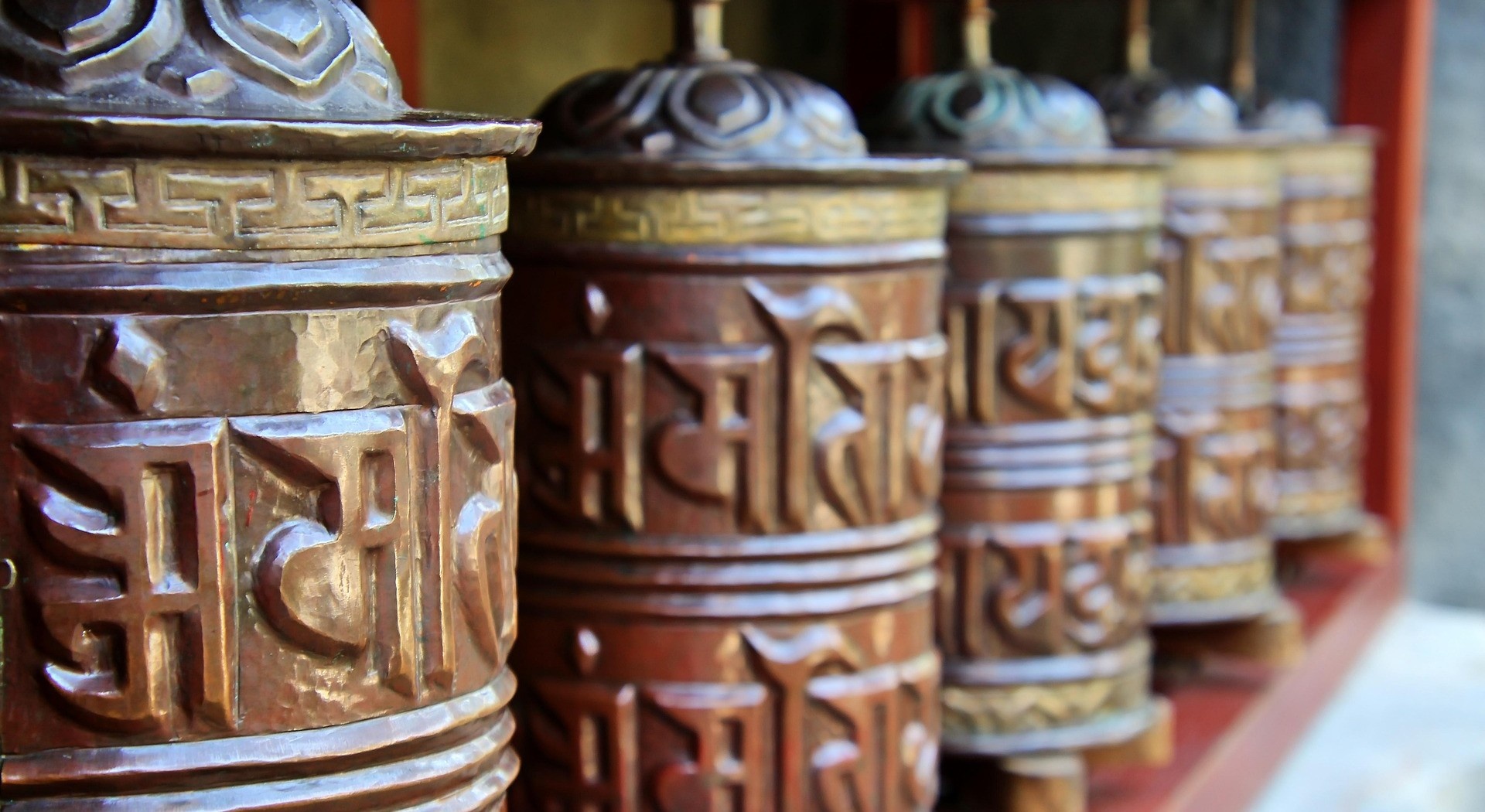Imagine waking up to a space that feels light, open, and peaceful. There is no clutter overwhelming your senses, no unnecessary distractions pulling you in different directions. Instead, there is a sense of clarity, presence, and gratitude for the simple things in life. This is the essence of living a minimalist and mindful life—one deeply inspired by the wisdom of Buddhism.
Imagine stepping into a peaceful sanctuary, where the soft hum of a singing bowl fills the air, gently washing over you like a wave of calm. The worries of the day begin to dissolve as the vibrations penetrate deep into your being, guiding you into a state of pure relaxation. This is the power of singing bowls—a centuries-old practice used for meditation, healing, and spiritual awakening.
Imagine walking through the bustling streets of Lhasa, the heart of Tibet. The air is filled with the scent of incense, prayer flags flutter in the wind, and the soft chime of prayer wheels spins in harmony with the rhythm of the city. As you wander through the marketplace, you notice something truly captivating—rows of stunning jewellery, each piece shimmering with vibrant stones and intricate symbols. These are not just accessories; they are a reflection of Tibetan culture, spirituality, and deep-rooted traditions.
Tibet, often referred to as the "Roof of the World," is home to one of the most fascinating cultures in the world. Nestled in the majestic Himalayas, Tibetan culture is deeply rooted in spirituality, tradition, and harmony with nature. From its people and language to its vibrant music, art, and festivals, Tibet offers a unique and mesmerizing way of life that continues to inspire people globally.
Discover the sacred art of Tibetan mandalas, their origins, spiritual significance, types, and modern-day relevance. Learn about the profound practice of offering mandalas and their benefits, guiding you towards mindfulness, peace, and spiritual growth.






